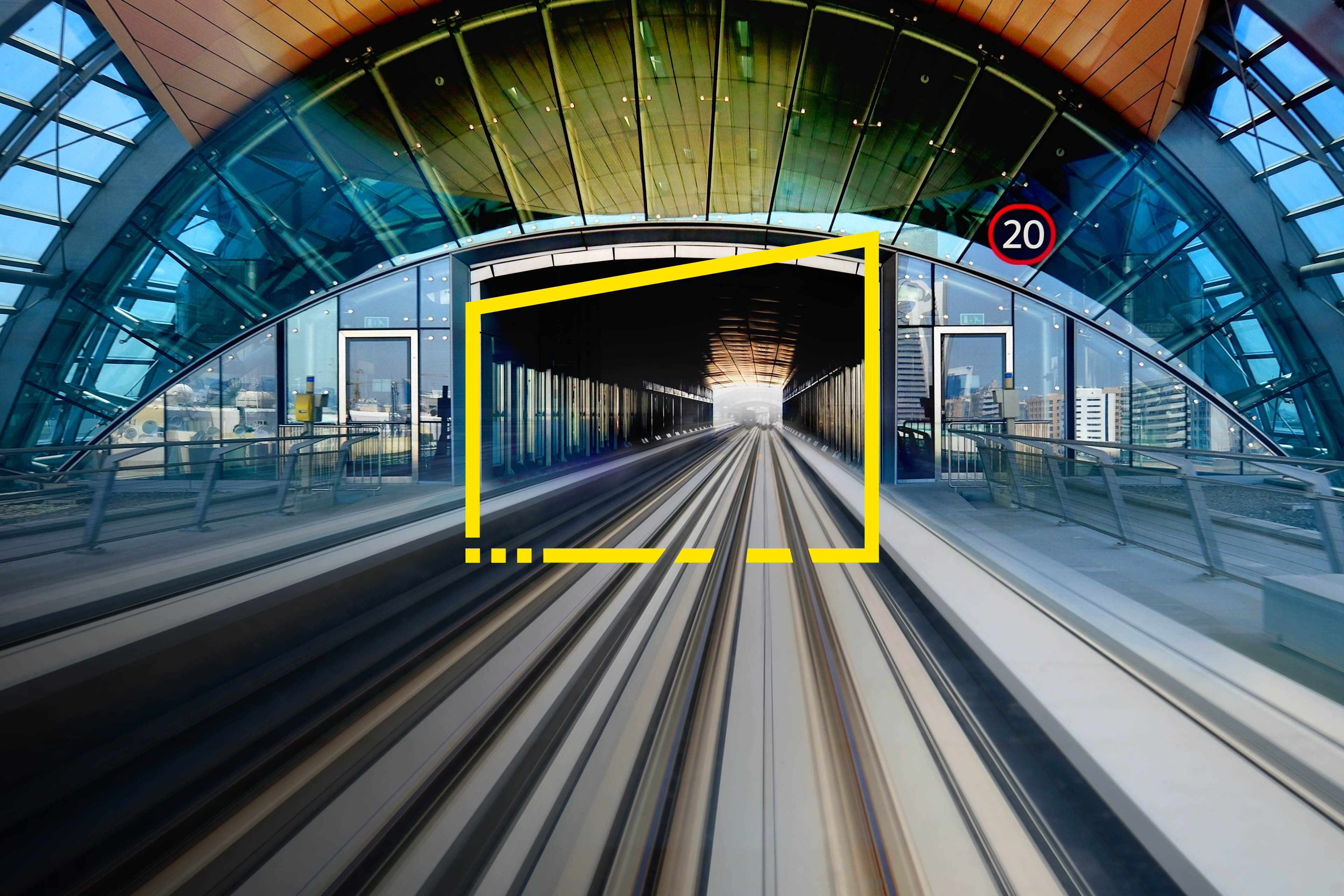EY refers to the global organization, and may refer to one or more, of the member firms of Ernst & Young Global Limited, each of which is a separate legal entity. Ernst & Young Global Limited, a UK company limited by guarantee, does not provide services to clients.

Climate change is now a major risk, but there are multiple obstacles to overcome if banks are to be resilient.
In brief
- Bank Chief Risk Officers say climate change is their top emerging risk.
- Analyzing how banks and customers will be affected is difficult but necessary work.
- Significant opportunities exist for banks to build a more climate-friendly economy.
Risk leaders at banks are unequivocal – climate change is the biggest emerging risk they face, and their boards concur. As extreme weather events continue to affect every continent, and the world moves toward establishing a lower-carbon economy, the banking industry is working on two intertwined objectives. At the same time as figuring out the impact of climate change on their own strategy and operations, banks are attempting to help customers and communities navigate this complicated and fast-moving market dynamics too.
CROs have a crucial role to play in driving forward their organizations’ climate agenda, by identifying, analyzing and mitigating the most important risks, and helping to lay the groundwork for their organizations and customers to seize the opportunities. But there are numerous obstacles to overcome if banks, from small regional players to large multinational are to prosper in the long term.
Understanding the nature of climate risk
Climate is the most important emerging risk over the next five years, according to the 11th annual EY/IIF global bank risk management survey (pdf). 91% of CROs said this was the case, while 96% also said it was the number one concern of their board of directors.
Typically, banks put climate-related risks into two buckets:
- Physical risks cover those that impact the premises and operations of the bank, its customers, and the wider economy. They include extreme weather events and long-term shifts in climate leading to the closing of retail branches or facilities, negatively impacting the creditworthiness of clients, and adversely affecting asset prices.
- Transition risks cover those that impact a bank’s products and services as a result of the move toward a lower carbon economy. They include the extent to which a bank funds or has stakes in companies that emit greenhouse gases (GHGs), evolving stakeholder expectations, and associated legal or regulatory changes.
Of course, climate risks have not suddenly appeared on the watch list – banks have been paying close attention to the impact of severe weather events on business continuity for years. But the positive effects of reduced emissions during the COVID-19 pandemic have given them a heightened focus and relevance in the eyes of the public, governments and businesses. Discussions about the broader impacts of climate change that began before COVID-19 continue apace.
Climate change is now top of banks’ agendas. Stakeholders expect banks to support clients’ transition to
a zero-carbon economy.
Key challenge 1: risk assessment
First and foremost, CROs need to get a handle on the physical and transition risks to their business. But there is no shying away from the fact that this is difficult work. Banks need to assess to what extent their physical infrastructure, staff, customers and vendors are subject to extreme climate events.
This requires an understanding of weather, geography and social factors. What, for example, are the implications of branches located in floodplains? Are staff able to work if there is a local wildfire? What happens if customers default because their homes have become uninhabitable? Even if a bank’s risk to these factors is low, what about their key suppliers?
When it comes to transition risks, banks have an even more challenging job on their hands. Risk leaders need to assess multiple industries that they finance and consider how their financing needs will evolve as they transition to a zero-carbon economy. They need to take a long-term view on exposure to greenhouse gas (GHG) emissions by sector and customer. Companies in the energy, manufacturing, and agriculture sectors, for example, are going to be some of the highest emitters, so banks need to understand their plans to decarbonize in order to judge their own exposure. But they also need to pay close attention to other sectors, such as those with extended supply chains in countries that are most adversely affected by climate.
Advances in technology and potential regulatory and policy changes need to be factored in to gain a clearer picture of what the future will look like. Depending on the size of the bank, this has the potential to be a large undertaking, so a targeted approach in which the most significant GHG emitting clients in specific industries become the focus may be the best way forward.
Key challenge 2: lack of industry standards
The second challenge is that there is no standardized industry model for how to embed climate risk into risk management. As a result, just 26% of survey respondents quantitively assess physical risks, while 33% quantitively assess transition risks.
Industry bodies at a global level remain some way away from consolidating frameworks and standards, so it is likely that banks will have to navigate their way through a range of different methodologies in the short term. Risk leaders should work closely with colleagues in compliance to ensure they are on top of the changes that are starting to happen.
Having the right governance structures and processes in place can help. A dedicated management-level climate risk committee or, if that is not possible, an executive who reports directly or up to the CRO, is the ideal setup to ensure the subject gets the attention and focus it requires. For smaller organizations, however, this is often not possible and the CRO will have to shoulder the burden. In either case they should work closely with the ESG or sustainability leads to ensure climate risk is addressed in a coordinated way across the organization.
Key challenge 3: skills shortages
This links to the third challenge facing banks and CROs – a lack of relevant skills. Climate change is the third most important risk management skill in demand over the next three years behind cybersecurity and data science, according to survey respondents. However, executives with expertise in climate science and risk management are both thin on the ground and in high demand across all industries, so banks need to plan accordingly.
The obvious approach – especially given global talent shortages – is to train an existing risk specialist in climate science or vice versa but, either way, the desired result is not going to happen quickly. Third-party support from external experts will likely fill the gaps in the meantime.
A catalyst for change
While the challenges and risks are significant, banks have a once-in-a-generation opportunity to provide and benefit from products and services that will help to create a more climate-friendly and sustainable economy. Sustainable finance – any form of financial service that incentivizes the integration of long-term ESG criteria into business decisions, with the goal of providing more equitable, sustainable and inclusive benefits to companies, communities and society – is the driving force behind this development.
Survey respondents see significant opportunity in offering the likes of green/social bonds, sustainability-linked corporate loans, and green mortgages. Awareness and expectation are growing thanks in part to CROs’ work in analyzing the impact of climate risk on their organizations.
But CROs identify a range of factors limiting these opportunities: a lack of necessary data, a lack of clarity around regulatory/supervisory expectations, and a lack of agreed industry methodologies are chief among them.
For example, until it is mandatory to report Scope 3 emissions – those that companies are indirectly responsible for across their entire value chain – banks are going to struggle to get full transparency from a data perspective. Regulation is moving slowly in this direction but, in the meantime, banks will have to make do with asking for disclosures themselves or making informed decisions.
With the Intergovernmental Panel on Climate Change’s latest report warning that climate change is widespread, rapid and intensifying, CROs must continue to drive their organizations forward. They need to ensure banks have the will, capabilities and resilience to mitigate the risks and seize the opportunities. Like earth itself, the future of the industry depends on bold and immediate action.
Download the Bank Risk Survey
Summary
To ensure resilience in the face of climate change, bank CROs must overcome some difficult challenges. In particular, they must succeed in assessing the physical and transition risks, and overcoming a lack of industry standards and a skills gap.
Related articles
How banks can turn political analysis into strategic decision-making
Financial institutions can take four actions to address political change and the risks and opportunities it presents.
Why workforce resilience is now a critical focus for bank CROs
The 11th annual EY/IIF global bank risk management survey reveals the growing importance of workforce resilience in the wake of COVID-19. Get the details.
Why digital resilience must be a top priority for banks
The 11th annual EY/IIF global bank risk management survey reveals the growing importance of digital resilience in the wake of COVID-19.
How COVID-19 has changed the role of the chief risk officer
The 11th annual EY/IIF global bank risk management survey shows that COVID-19 has exposed what resilience really means for banks today. Learn more.
What good risk management means for operational resilience
The 11th annual EY/IIF global bank risk management survey inherently links strong risk management and robust operational resilience.
How EY can help
-
Discover how EY can help the banking & capital markets, insurance, wealth & asset management and private equity sectors tackle the challenges of risk management.
Read more








